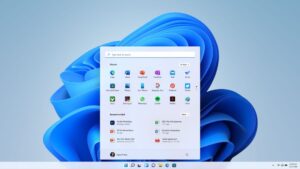The Singapore government yesterday said it would be spending up to an estimated S$3.8 billion on infocomm technology (ICT) this financial year, an almost 10 per cent increase over last year, to further digitalise the public sector.
The money will be used to transform government digital services as well as improve the digital infrastructure to create modern apps, according to GovTech, the agency leading the effort, yesterday.
That’s good news if you’ve enjoyed using the modern digital government apps of the past several years, from the Parking.sg app that lets you pay parking charges to the revamped SingPass that acts an an advanced digital identity for online transactions.
Most of the budget (70 per cent) for the new year – S$2.7 billion – will be spent on 250 projects that improve digital services to citizens and businesses. These include:
1. A new national business registry and regulatory system for the Accounting and Corporate Regulatory Authority, which is expected to provide “anticipatory” service to users and improve regulatory compliance.
2. A LifeSG app from GovTech that will provide users a personalised dashboard of their upcoming appointments with government agencies, so you don’t miss them. You can also check if you’re eligible for benefits and assistance schemes on the app, without looking for each agency’s website.
3. A GoBusiness platform to let businesses register for their necessary licences, such as those needed for food and beverage. Businesses can expect to save 10 to 14 days in turnaround time.
4. An SG Cares Digital Kampong platform, to link up donors, volunteers and non-profit organisations to make it easier to give and receive. This will help citizens to help one another.
There will be more uses of artificial intelligence (AI) in the public sector as well, with more than S$500 million – or 13 per cent of the budget – to boost the adoption of AI.
Key improvements to be expected include data-driven insights and optimised operations that boost productivity, for example. Look out for more applications of video analytics, natural language processing, fraud analytics and personalisation.
One example is a customised AI-automated marking system that will give quick and personalised feedback to upper primary and secondary school students for their English Language writing.
The analytics from the system is also expected to help students monitor their own learning and enable teachers to track their progress.







